
Guacamole, Salsa, Chips and Much More: The Foods of Mexico
Mexican cuisine is primarily a fusion of indigenous Mesoamerican cooking with European, especially Spanish, elements added after the Spanish conquest of the Aztec Empire in the 16th century. The basic staples remain native foods such as corn, beans and chili peppers, but the Europeans introduced a large number of other foods, the most important of which were meat from domesticated animals (beef, pork, chicken, goat and sheep), dairy products (especially cheese) and various herbs and lots of spices.

While the Spanish initially tried to impose their own diet on the country, this was not possible and eventually the foods and cooking techniques began to be mixed, especially in colonial era convents. Mexican cuisine is closely tied to the culture, social structure and popular traditions of the country.
We had been to Mexico in May 2014 and got to taste this amazing cuisine with the warm hospitality of the natives. It’s home to both Mayan ruins and resort areas like Cancun, Cozumel and Playa del Carmen. Breathtaking blue waters, spicy/lipsmacking food, warm people, interesting mayan ruins and colorful Mexican culture were the highlights of the trip.
Day 1- La Parrilla Mexican Grill, Playa del Carmen
Beautiful walk by Mamitas Beach in Playa Del Carmen Downtown and fun dinner/drinks are La Parrilla.

Amazing Mouth Melting Ceviche, Mango Margaritas, Sauteed Prawns, Chocolate Kahlua Wraps and tequila shots..what else you need to be happy




Home cooking
In most of Mexico, especially in rural areas, much of the food is still consumed in the home with the most traditional Mexican cooking still done domestically, based on local ingredients.Cooking for family is considered to be women’s work, and this includes cooking for celebrations as well.Traditionally, girls have been considered ready to marry when they can cook, and cooking is considered a main talent for housewives.
The main meal of the day in Mexico is the “comida” meaning meal in Spanish. This refers to dinner or supper. It begins with soup, often chicken broth with pasta or a “dry soup”, which is pasta or rice flavored with onions, garlic and/or vegetables. The main course is a meat served in a cooked sauce with salsa on the side, accompanied with beans and tortillas and often with a fruit drink. In the evening, it is common to eat leftovers from the comida or sweet bread accompanied by coffee or chocolate. Breakfast is generally heartier than in other countries and can consist of leftovers, meat in broth (such as pancita), tacos, enchiladas or meat with eggs. This is usually served with beans, white bread and/or tortillas and coffee and/or juice.
Day 2- Adventurous Day at Labanaha Natural Park with Cave Snorkeling, Kayaking and Ziplining

For lunch we were served with fresh fruits and guacamole which were so fresh

Best part of the day was the fresh coconut with some interesting sauce made from spices and tamarind

Food & Festival
The most important food for festivals and other special occasions is mole, especially mole poblano in the center of the country. Mole is served at Christmas, Easter, Day of the Dead and at birthdays, baptisms, weddings and funerals, and tends to be eaten only for special occasions because it is such as complex and time-consuming dish.While still dominant in this way, other foods have become acceptable for these occasions such as barbacoa, carnitas and mixiotes, especially since the 1980s. This may have been because of economic crises at that time, allowing for the substitution of these cheaper foods, or the fact that they can be bought ready-made or may already be made as part of the family business.
Another important festive food is the tamal or “tamale”, as it is known in English. This is a filled cornmeal dumpling, steamed in a wrapping (usually corn husk or banana leaf) and one of the basic staples in most regions of Mexico. It has its origins in the pre-Hispanic era and today is found in many varieties in all of Mexico. Like mole it is complicated to prepare, and best done in large amounts.Tamales are associated with certain celebrations such as Candlemas. They are wrapped in corn husks in the highlands and desert areas of Mexico and in banana leaves in the tropics.
Day 2 Eve: A stroll in the Playa Del Carmen Downtown
Elote (ay-loh-tay) is popular street food in Mexico and parts of the United States. In this version, the corn is grilled then slathered in a mayonnaise-sour cream sauce with cheese, cilantro, spices and lime juice.

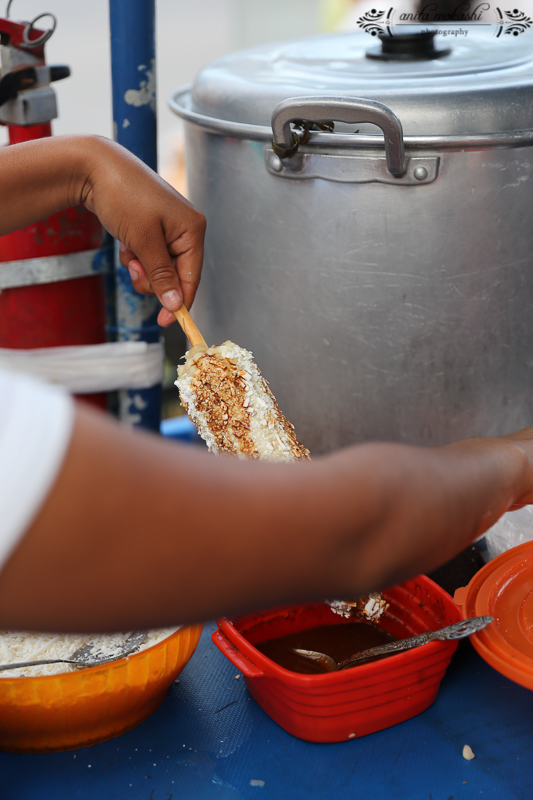

Dinner at El Fogon in Playa Del Carmen was a great ride of Mexican Grill Food
Complimentary Nopales and Salsa Chips for appetizer
Tacos al Pastor, Mixed Vegetable Tacos, Taco loco and Arrancherra
Margaritas and the coconut ice-cream served in coconut shell for dessert..JUST WOW






Street food
Mexican street food is one of the most varied parts of the cuisine. It can include tacos, quesadillas, pambazos, tamales, huaraches, alambres and food not suitable to cook at home including barbacoa, carnitas and, since many homes in Mexico do not have or make use of ovens, roasted chicken. One attraction of street food in Mexico is the satisfaction of hunger or craving without all the social and emotional connotation of eating at home, although longtime customers can have something of a friendship/familial relationship with a chosen vendor.
The best known of Mexico’s street foods is the taco, whose origin is based on the pre-Hispanic custom of picking up other foods with tortillas as utensils were not used. The origin of the word is in dispute, with some saying it is derived from Nahuatl and others from various Spanish phrases. Tacos are not eaten as the main meal; they are generally eaten before midday or late in the evening. Just about any other foodstuff can be wrapped in a tortilla and in Mexico it varies from rice, to meat (plain or in sauce) to cream, to vegetables and cheese, or simply with plain chili peppers or fresh salsa. Preferred fillings vary from region to region with pork generally found more often in the center and south, beef in the north, seafood along the coasts, and chicken and lamb in most of the country.
The night ended at Bar in Downtown with some live music, beer and brownie with icecream

Day 3-Trip to Coba Ruins but before that a buffet of Tacos. Freshly made tortillas with tons of sauces and fillings





On the way back we stopped at Tulum ruins and guess what we had the most amazing bread sold by a street food vendor
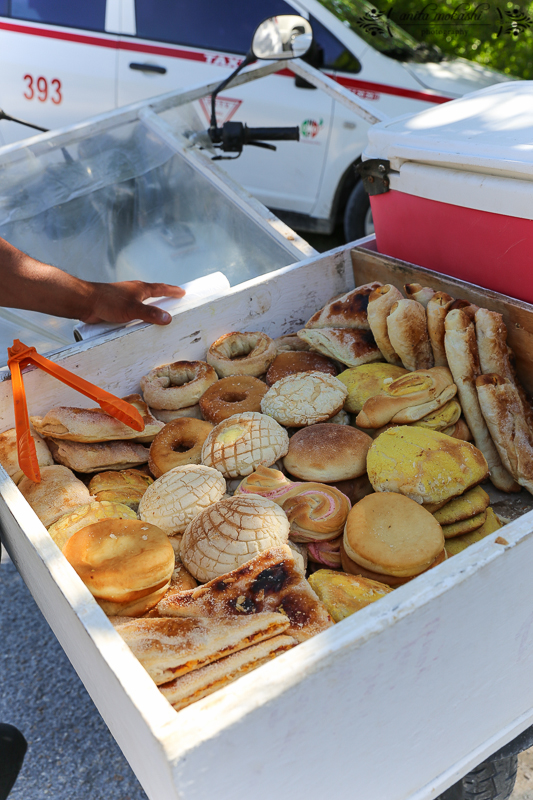
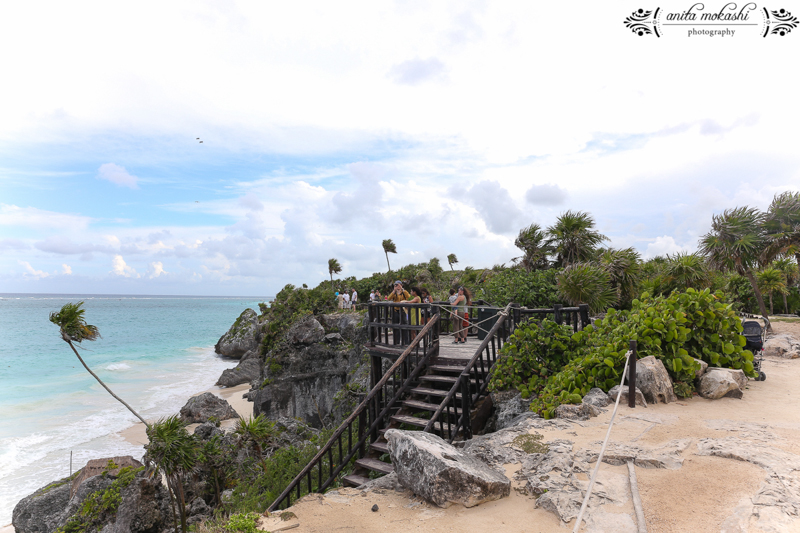

Day 3-Dinner at a beautiful beach sitting in the shack at Akumal beach. For the first time i had hibiscus mojito and it was so refreshing especially when accompanied with fresh prawns
Lol Ha Restaurant in Akumal

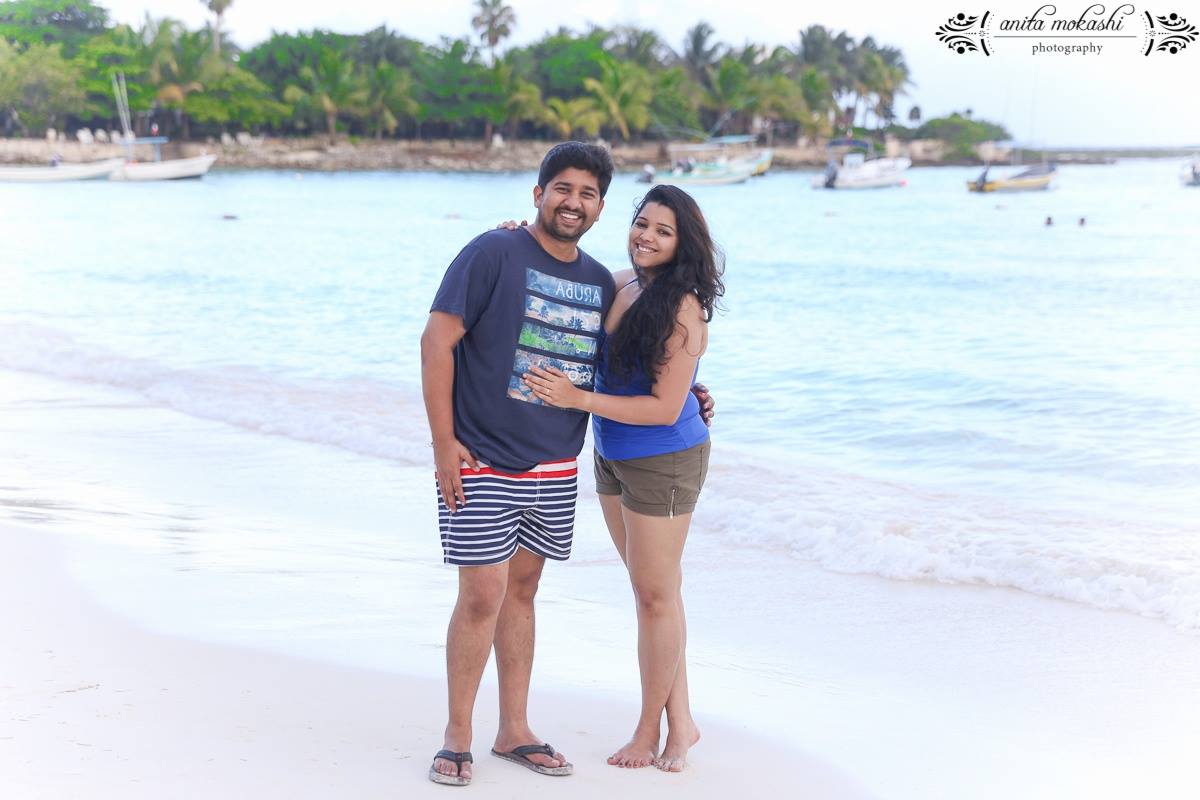
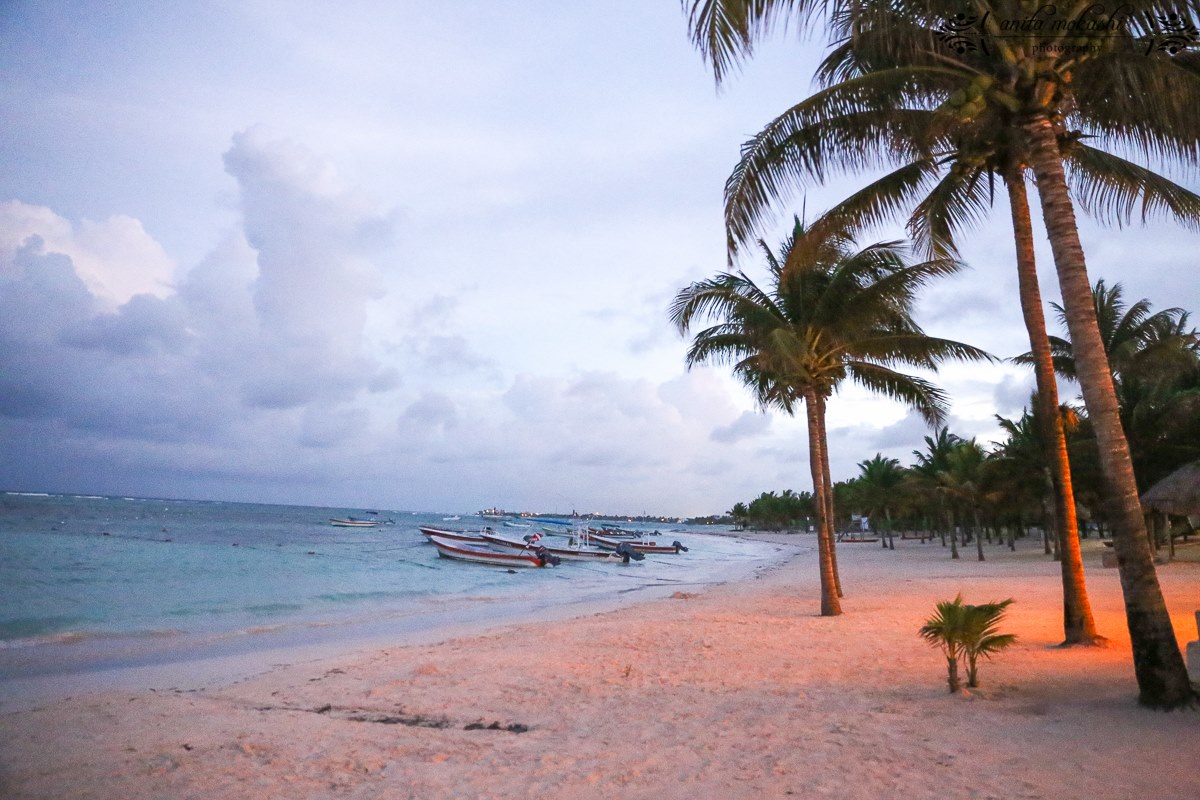
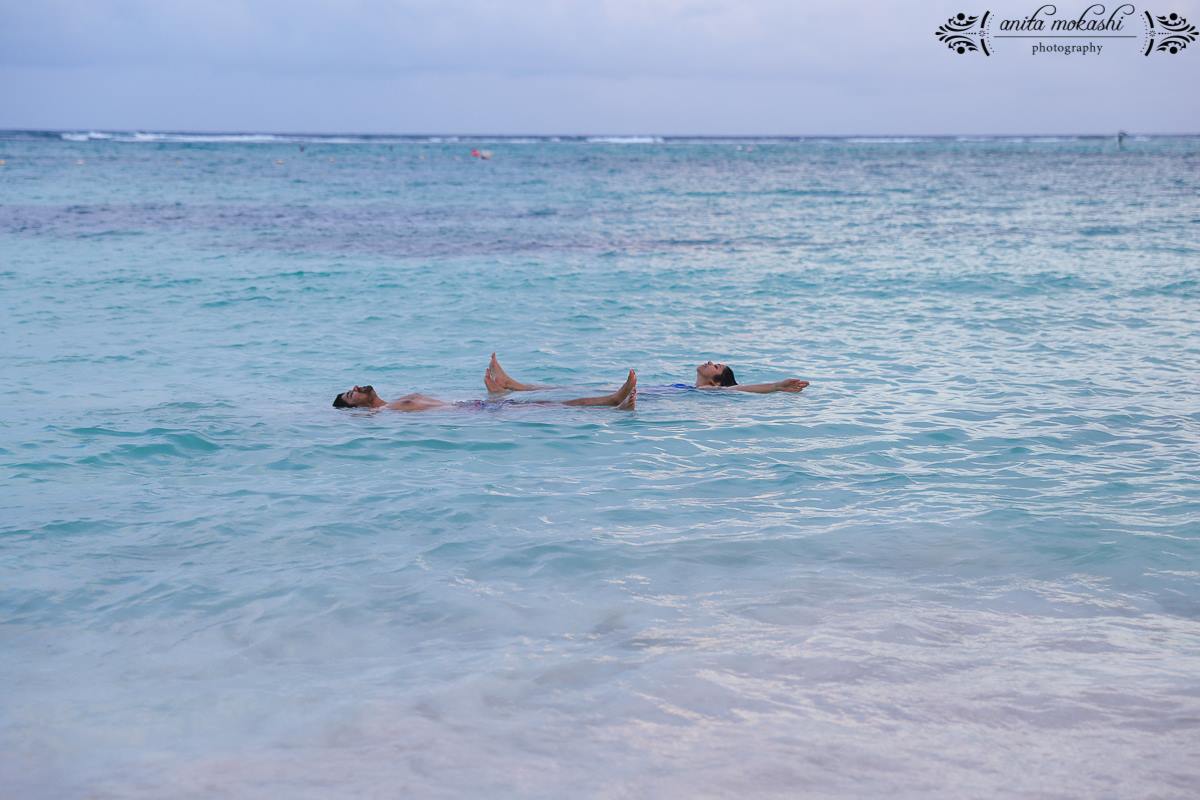
And the night ended with some drinks and live music

Day 4: Breakfast at a local shack on Mamitas beach followed by Trip to Cozumel Island
Breakfast at las pinatas on Playa Del Carmen’s Mamitas beach



Day Evening: Reached Cancun and dinner at interesting Casa Tequila

Day 5-Began with Trip to Chichen Itza and Cenote Ikeel
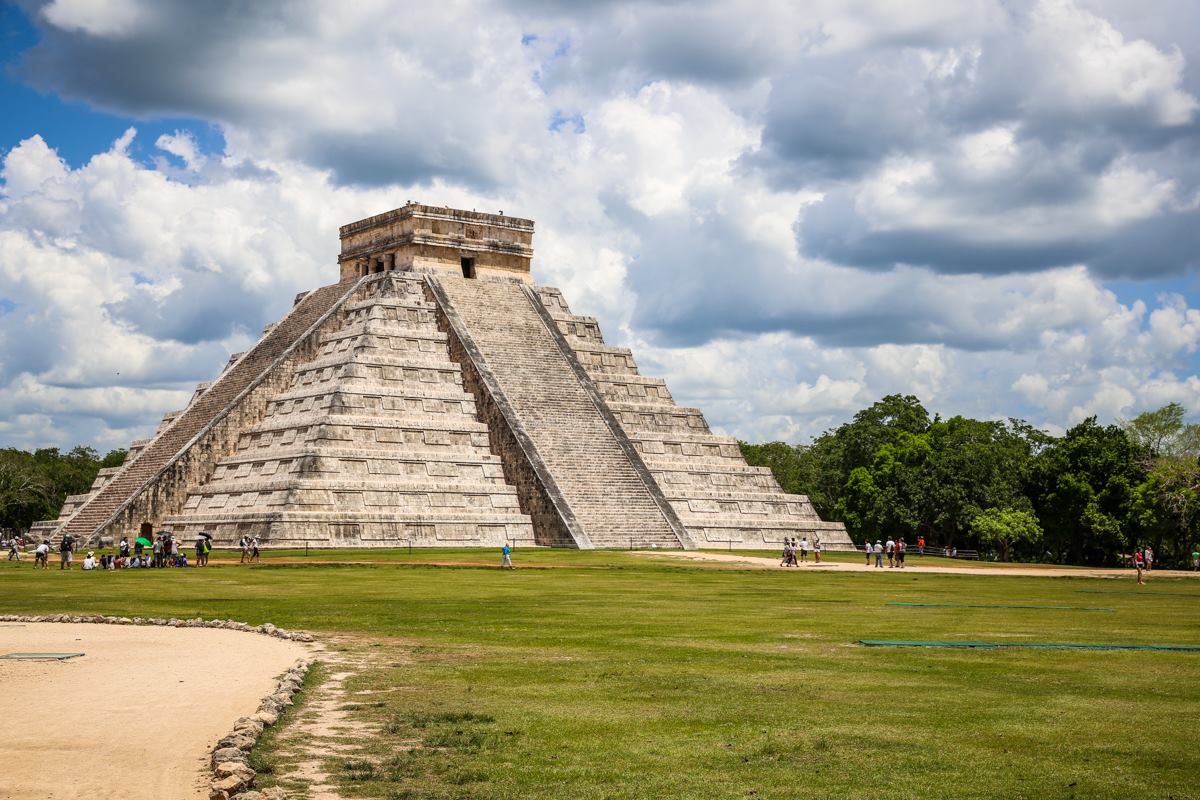
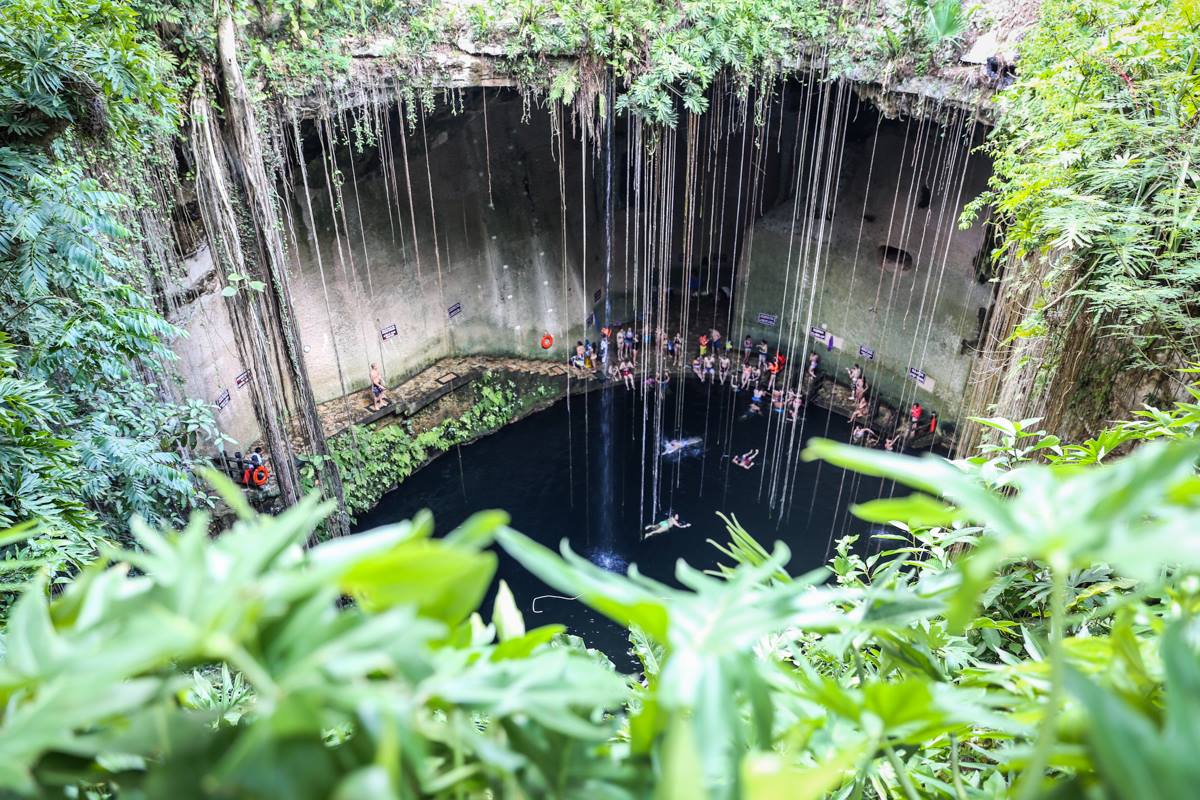
Day 5 Night: It was fun at the Cancun Strip’s Carlos n Charlie’s club..awesome drinks and inhouse entertainment from crowns to fresh guacamole



Day 5-Beautiful day trip to Isla Mujeres..Outstanding beach but last day in cancun:( Had the best crab soup ever.
Lunch at Cafe Del Mar


Dinner at Muelle 7



